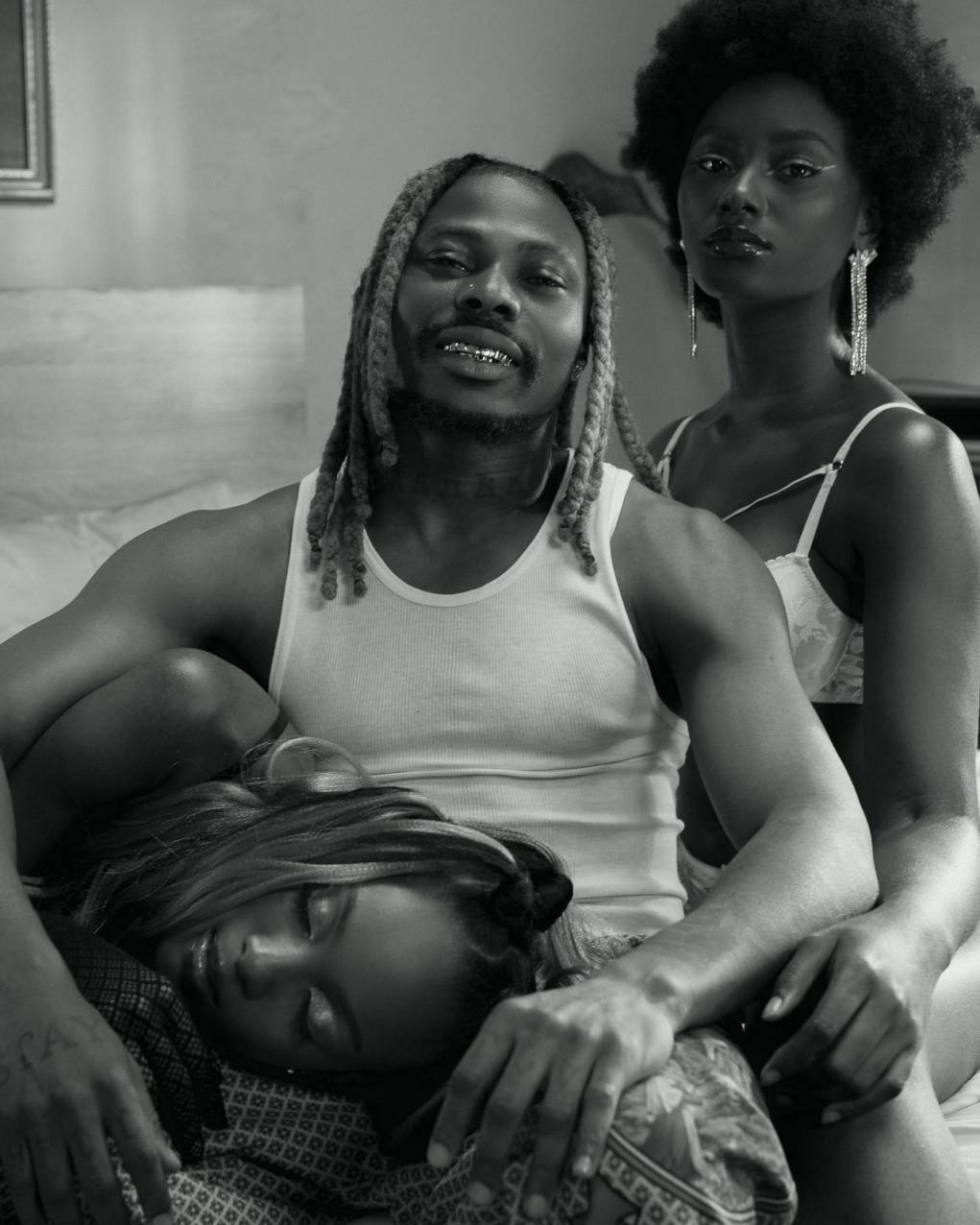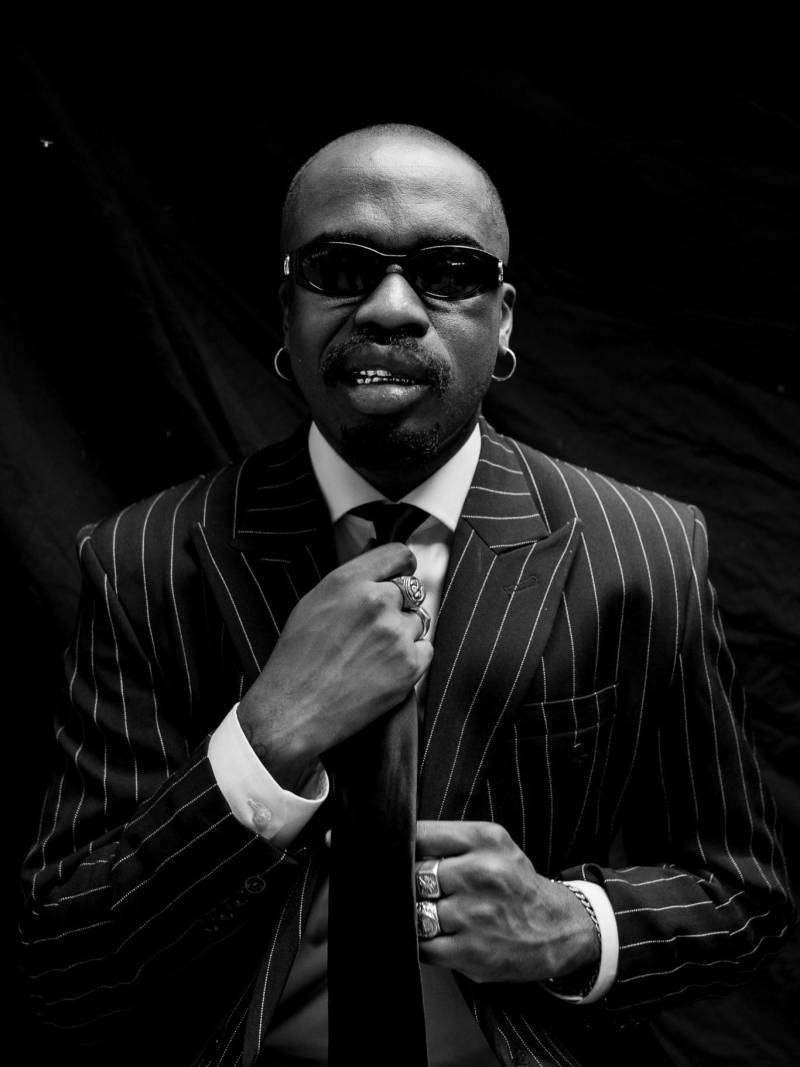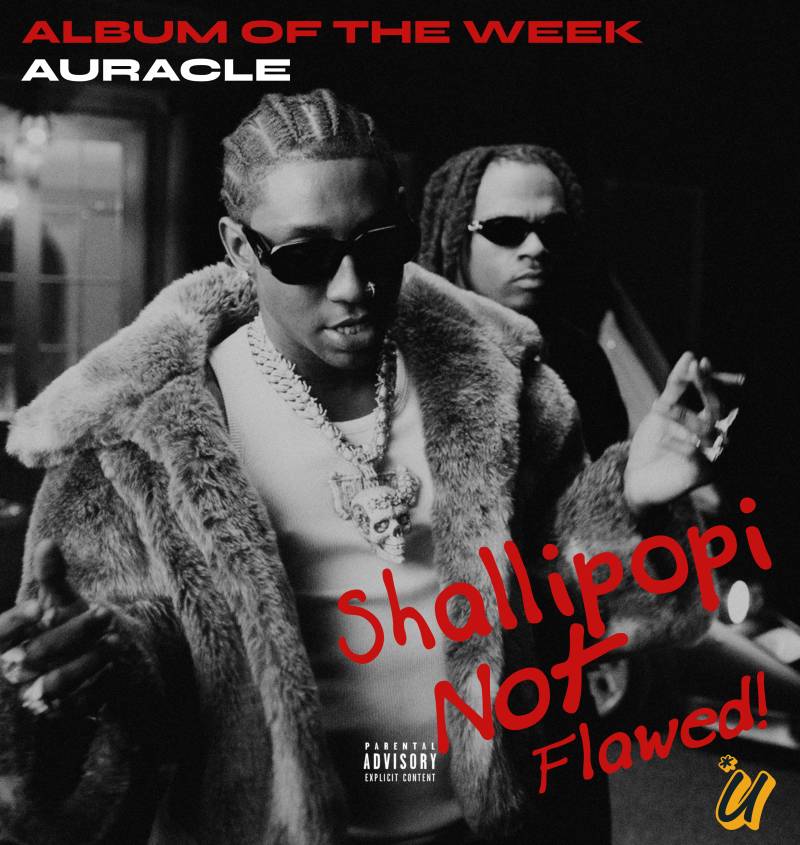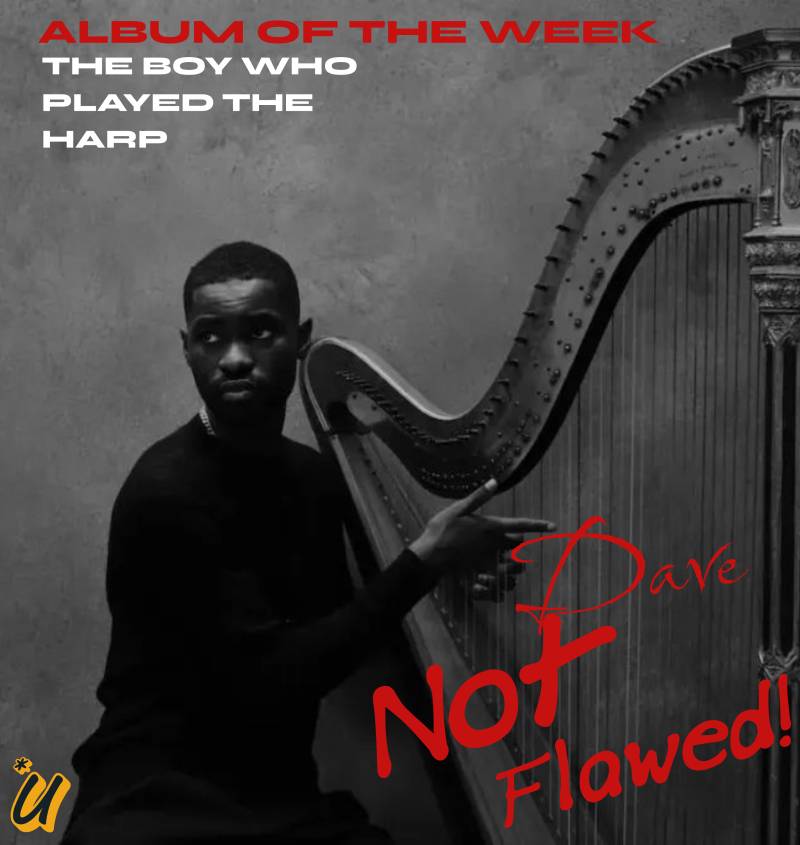They say time and tide waits for no man. Well, right now, Ahmed Ololade Asake is no ordinary man. You might have heard different nominal variations of time being a mere suggestion to black people; there's CP time (Coloured People's time), there's African time, there's even Nigerian time, but all of that pales in comparison to Nigerian celebrity time. Seconds tick forward, minutes count, hours pass, but everything and everyone in the warehouse location of this cover shoot waits for one man - The Man.
According to the call sheet, 11AM is the official prep time, while the shoot is scheduled to start about an hour later. At 2PM, this cavernous space is largely sleepy. While the majority of the crew members peer into their phones, a speaker is playing what sounds like a shuffle of Apple Music's Nigeria Top 100 chart, blaring out the biggest Nigerian Pop songs right now. The enigmatic photographer and creative director, Manny Jefferson has a pair of black headphones attached to his ears, firmly planted across his head, but it's obvious he can hear everything as he glides from one set to the other, ironing out the technical kinks to make sure the images to be captured match the vision in his head.
There's something of a coordinated restlessness to Manny's movements - an anxiousness for things to really get going mixed with an understanding that, ultimately, things start when they start. It's a general reflection of the environment's mood, even though almost everyone else is stationary. There was obviously an expectation that Asake would keep everyone waiting, but maybe not for as much as three-plus hours. Seni, NATIVE's CEO & Editor-in-Chief, says the singer had a long night, which means he's having a groggy early afternoon. The clock says whatever it says, but time does wait for some men in some instances - like when you're the hottest breakout star on the continent, at the centre of your first cover shoot.

“I just blow but, omo, I know my set,” Asake sings on his midsummer hit single, “Peace Be Unto You (PBUY)”. It’s arguably the most self-aware lyric in his fast-growing catalogue, a congratulatory moment that’s deeply reflective in its terse glory. To fully grasp its significance, you have to know that Asake and his music – to which the Nigerian Pop mainstream has currently devoted its undivided attention – didn’t just emanate out of the ether. Like several jokes you’d find on the internet, he wasn’t genetically engineered in a lab by Nigerian Rap legend and record label boss, Olamide.
As far back as the mid-2010s, Asake was an aspiring artist with parochial hype. At that time, Obafemi Awolowo University (OAU) in Ile-Ife, Osun State, where he studied Theatre Arts, was the stomping ground for his local celebrity. Circa 2015, his campus-hit song “Joha” was a fixture for students and locals that made up the OAU community. Aligning his first creative inclination as a dancer, the song came packaged with its own set of dance moves, enhancing the record’s success and immediately placing Asake in the echelon of student celebrities that headlined all the local shows and occasionally shared the stage with whichever mainstream superstar happened to roll into town.
“Those were fun times,” he recalls of his OAU days with a wide smile. “We dey go all those N30k and N20k shows, but e no mean say everything just dey easy like that.” He’s referring to his initial attempts to get his career going while being a student. At his first stage performance in OAU, Asake decided to borrow tricks from the iconic Fela Anikulapo-Kuti. He came in bare-chested with a handful of barely clad ladies, hoping to successfully cover a couple of the Afrobeat maestro’s classics. With the appearance down pat, what could possibly go wrong?
Well, everything.
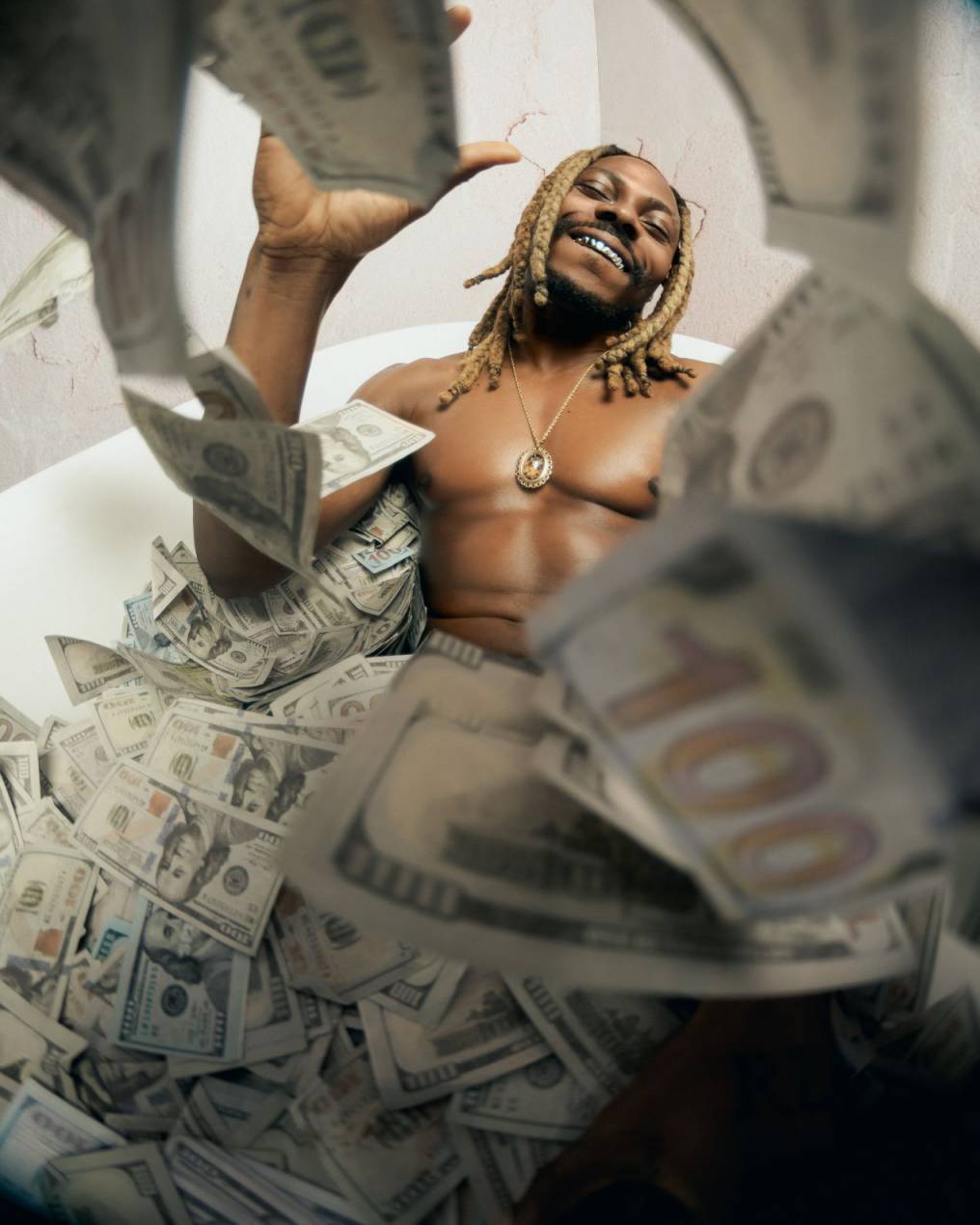
Nigerian audiences are somewhat renowned for being difficult to impress, especially for new artists – The Home of the Screwface, one could say. And Nigerian university audiences can be decidedly more brutal, especially when it’s clear that the green, barely experienced artist is trying to win them over. At their worst, it’s like a pack of sharks converging on hapless bait. In the case of his first OAU performance, Asake was the hapless bait. He’d barely had time to get comfortable on stage when well over 5,000 students started raining down boos. “I was wearing white pant o!” he exclaims. “I gats go hide for back of speaker, but thank God for Blaqbonez that day sha.” Asake doesn't go into more detail of his gratitude for Blaqbonez, who was also a student-artist at the time, but it hints at the peers he rubbed shoulders with at OAU. If you were heavy on SoundCloud in the mid-2010s, there’s a chance you came across a cover of Tekno’s landscape-altering “Pana”, spearheaded by Blaqbonez.
A freewheeling posse cut, “No Pana” featured a cast of student-artists at the time, including Jaido P and Asake Medoo, as he was known then. These days, Blaqbonez continues to prove himself as a commercially successful and dynamic Rap artist, Jaido P is one of the most compelling voices in Nigerian Street Rap, and Asake is the poster boy of Nigerian Street Pop right now. Patrolling the OAU campus at the same time, Fireboy DML, Cheque, and Chinko Ekun were also beginning to fan the flame of ambitious superstardom; they too have since imprinted their own stamps on the sands of Nigerian music. In an early 2019 interview with NATIVE, Blaqbonez explained how he came to understand OAU as a sort of testing ground for chops and tenacity. Like Asake, he also got booed off stage by thousands of students at his first performance, after freezing mid-way into his set. “I see first-hand how these people feel about the music, and those are people that don’t even like you,” he said at the time. “You see a ready crowd that is accessible and you can just keep testing.” Asake seemingly applied the same ethos; that debut experience on stage at OAU shook him, but as he says matter-of-factly, “I no sabi give up.”
